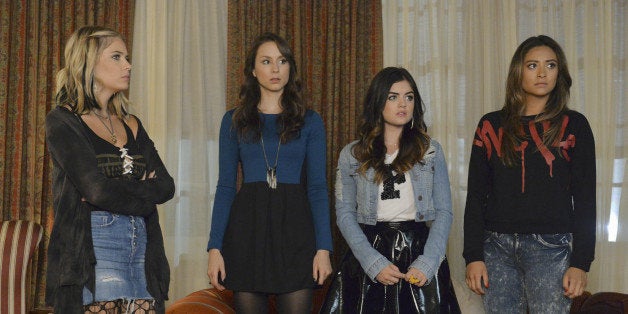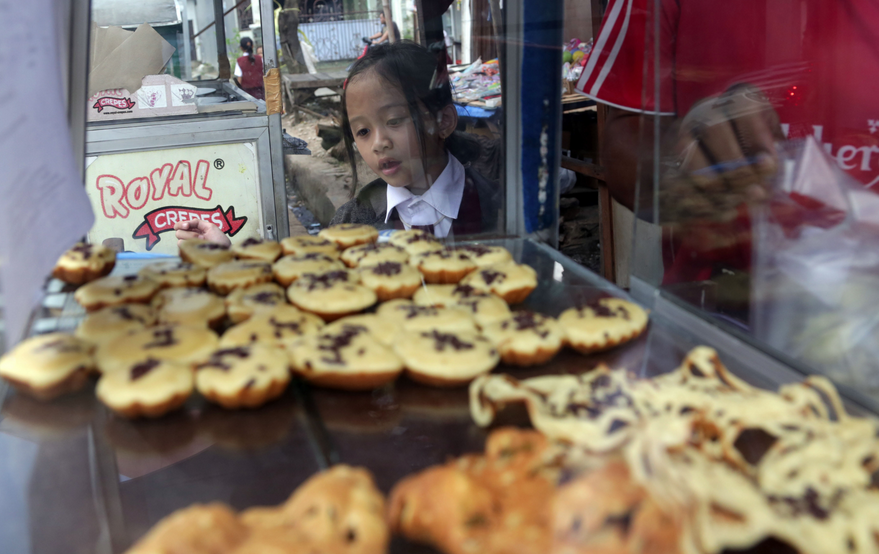
While dealing with high school cliques and social hierarchies is arguably an intractable part of adolescent life, new research shows that some types of schools are more likely to foster cliques than others.
In a new American Sociological Review study researchers, explored if there are certain types of high school settings that make cliques more likely to thrive. The study posits that while it is natural human instinct to self-segregate –- whether by race, gender or social status –- the organizational structure of a school can help perpetuate this hierarchical sorting.
According to researchers, in schools with more choice and bigger populations –- where students can choose more course electives and from a larger pool of potential friends -- students tend to gravitate more towards peers with similar characteristics. On the other hand, in school settings with fewer people and less academic choice, students are forced to mingle more with dissimilar peers.
“As schools become smaller and characterized more by structured interaction -- they have more random and egalitarian mixing among students,” the study notes.
To glean their results, researchers looked at friendships on the school level and then classroom level. For school-level data, researchers examined a previous survey of thousands of teens, which asked them about their friendships, and collected information about their schools.
To collect data on classroom-level friendships, researchers focused on two schools with starkly different characteristics: One, a large traditional public school in a small Midwestern town with a fairly homogeneous population, the other, a smaller magnet school in a large city with a fairly heterogeneous population.
“In schools with a strong focus on academics, where teachers have a hand in setting the pace and controlling classroom interactions, teenagers are less likely to form friendships based on social attitudes imported from outside the school. Instead, friendships are more likely to develop out of shared school activities and similar intellectual interests,” according to a press release for the study.
But, researchers did not say that one type of school is necessarily better than the other –- they may both have their own benefits.
"There likely isn't a simple answer," McFarland said in the press release. "What may work well for a shy child may not work well for a gregarious one, and neither solution may prepare them well for the realities of adulthood. We just need to study it and see."

